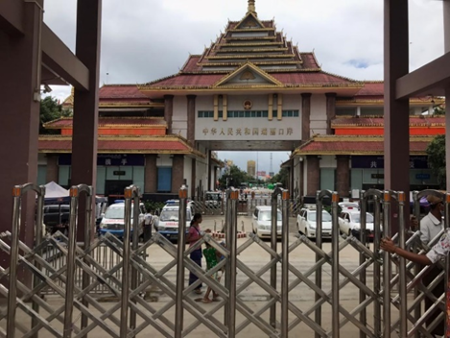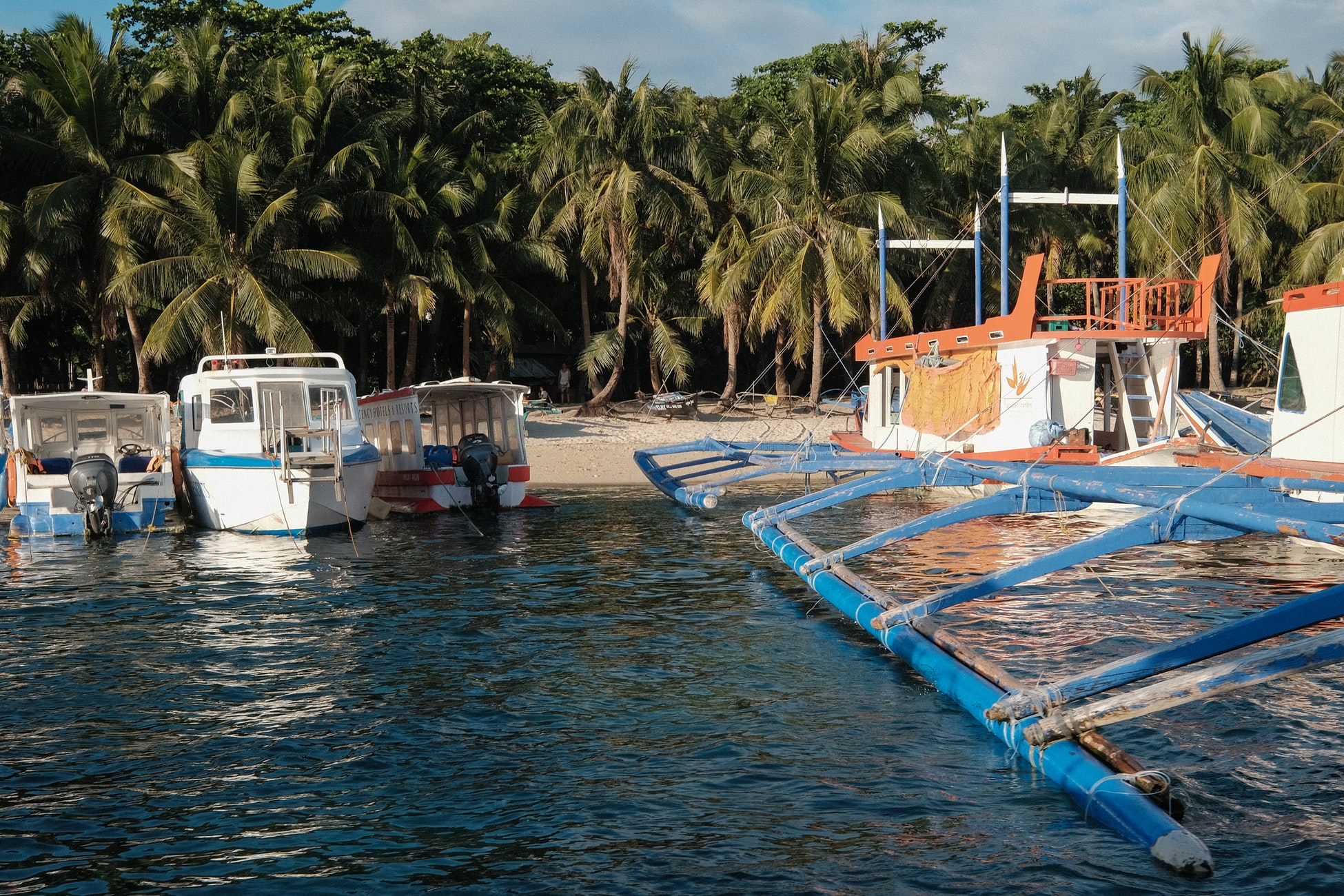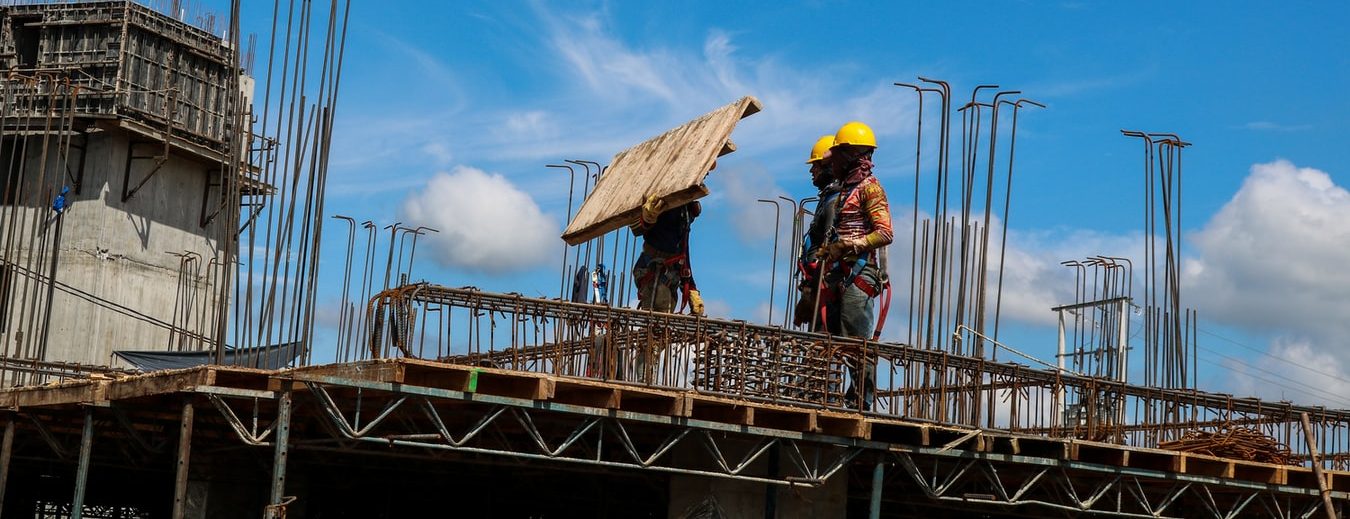“The coronavirus outbreak in Wuhan, China in December 2019 has turned the situation in Muse upside down. Since the first confirmed cases in March, Myanmar government has implemented a series of prevention and mitigation measures to contain the spread of COVID-19. “, writes Maw Thoe Myar, a Research Officer in the Research and Policy Advocacy Department at the Center for Social Integrity (CSI), Yangon, Myanmar and Abellia Anggi Wardani, a final year PhD candidate at the School of Humanities, Tilburg University, the Netherlands
_______________________________________________
A chain of truck trailers lining up on the trans-national route between China and Myanmar leave only one side of the road for vehicles to pass by. Since the outbreak of COVID-19, the Chinese government has decided to close the border in Muse, a small town in Myanmar’s Northern Shan State. Inbound and outbound movements from both countries have come to a halt. The trucks have been stuck there for months in a no-win situation – leaving means losing the possibility of trading their goods, whereas staying put means remaining stranded in a place of uncertainty. During our short visit to Muse in July 2020, it was agonising to see a dozen miles of hope and hard work falling apart. What the experience of the truck drivers, traders, farmers and consumers in Muse offer is a glimpse of how COVID-19 has impacted cross-border economic activities and movement of people in Myanmar’s border areas.

Figure 1: Trucks lined up along the main road of Muse, Northern Shan State. (Taken by Maw Thoe Myar and Abellia Anggi Wardani, 2 July 2020)
This short analysis investigates the impact of COVID-19 on cross-border trade area in Muse, emphasising how different actors engage or govern in cross-border trade activities and its implications on cross-border trade movement. It builds upon participatory observation during a short trip to Muse in July 2020, which was part of the research project on the livelihoods of people in conflict affected areas, and data collected from secondary sources. During the trip, we managed to discuss the impacts of the COVID-19 towards the border trade with local inhabitants, visited two markets, and observed closely the situation at the border control gate.
Overview of border trade in Muse
Muse, also known as Muse 105-mile Trade Zone, is one of the most significant economic corridors between Myanmar and China. Since 1988, this town has seen dramatic increase in connectivity and economic cooperation between both countries. Considered as “a successful model for border trade gates and routes in Myanmar”, Muse serves as a vital point in the Myanmar and China’s contemporary development strategy. It is an important spot within the billions-of-dollars-worth planned infrastructure route that promises to connect the Indian Ocean oil trade to China’s Yunnan Province. Labelled as the China-Myanmar Economic Corridor (CMEC), the projects are designed to allow China to diversify its energy shipping routes and ease its reliance on the vulnerable Strait of Malacca. The bilateral cooperation on border trade zones has thus allowed export and import activities in Muse to foster. Between October 2019 until October 2020, the trade volume in Muse -almost USD 4.8 billions- accounts for almost half of total Myanmar’s border trade volume.
Two types of trade activities are common in Muse. In addition to legal trade with government-authorised documents or licenses, operated mostly by large scale traders, informal economic exchanges have also significantly increased due to the rather loose licensing process, allowing actors to evade taxes and to trade restricted products. Motorcycles and cars are among the best sellers in this shady border marketplace. On our way to Muse city, we saw a number of men riding motorcycles while carrying another motorcycle on top, which apparently is a common sight along the border route. Sometimes people also use cars to carry several motorcycles. Despite recent efforts by the Myanmar and neighbouring governments to regulate export and import of automotive products, such illegal practice continues to flourish.
Moreover, the thin line which makes up the border area between Myanmar and China has become a grey zone in which two currencies, Kyat and Yuan, are used interchangeably in economic transactions. Informal currency exchanges are easy to find in the corners of Muse while at the shops buyers can pay with either currency they have.
Some traders operate without proper documents, highlighting rampant corruption practices at local bureaucracies. The informal trade network, however, provides an ample employment opportunity, attracting locals and migrants who are mostly low-skilled workers (Aung, 2011). The rise of illegal migrants, however, have created inevitable tension in the area. In August, 20 illegal migrants from China were arrested by the Myanmar authorities. In total, from January to August, 297 Chinese were arrested.
Illegal drugs trade and human smuggling or trafficking and illegal labour migrants are among other features of Muse. On our way to Muse, one local mentioned that people can buy drugs ‘openly’ in small shops along the routes. Moreover, while the influx of migrant workers is not as apparent in Muse as in the border area with Thailand, government has embarked on continuous attempts to tackle trafficking through strengthening law enforcement albeit with insufficient results. The pressing issues behind these illegal practices link closely to inadequate opportunities, insufficient border trade facilities, high-cost for licenses/documents and exploitation of the vulnerable people (Aung, 2011).
It is also worthy to note that the Muse and trade routes linked to it are in the areas of prolonged armed conflict involving seven ethnic armed groups. The frequent fighting between the Myanmar military and ethnic armed groups has impacted on the everyday socio-economic situation of the local population and the actors who engage in the trading activities in Muse. Moreover, research suggests that China’s alleged violent process of land expropriation in ethnic ceasefire areas which happened to be natural resources-rich areas, such as Kachin State and Northern Shan State, has worsened the situation on the ground (Woods, 2011). In addition, China’s economic cooperation in border areas rather seen as putting a strain on the microeconomic environment and local communities than bringing positive impacts.

Figure 2: Entrance signboard of Muse. (Taken by Maw Thoe Myar and Abellia Anggi Wardani, 2 July 2020)

Figure 3: Informal currency exchange stall outside of Muse market. (Taken by Maw Thoe Myar and Abellia Anggi Wardani, 2 July 2020)

Figure 4: The borders control gate between Muse Myanmar and Kyalkaung, China. (Taken by Maw Thoe Myar and Abellia Anggi Wardani, 2 July 2020)

Figure 5: A motorcycle brought to Myanmar from China. (Taken by Maw Thoe Myar and Abellia Anggi Wardani, 2 July 2020)
Coping with Covid-19 in Muse
The coronavirus outbreak in Wuhan, China in December 2019 has turned the situation in Muse upside down. Since the first confirmed cases in March, Myanmar government has implemented a series of prevention and mitigation measures to contain the spread of COVID-19. Nation-wide order to close public areas and events including the Thingyan (Burmese New Year festival) has been issued. Moreover, people are ordered to stay at home, practice social distancing, and temporarily close their businesses. Legal action is taken to those who are against the laws and prevention measures. Meanwhile, China has imposed the cross-border cargo policies to forbid not only all Myanmar’s trucks or vehicles but also small-scale traders since April 1 in order to contain the spread of the novel coronavirus. Traders and consumers who used to engage in cross-border trading activities in Muse have been caught in an unfortunate situation as the primary operations of import and export have halted and border checkpoint closed since April 2020. As a result, trade volume in the Muse 105-mile trade zone has decreased significantly; the traders from both sides are unable to cross the border, and around 500 truckloads are stranded along the way to the border. Besides, the Chinese government has also decided to increase the tax rate, making the lives of the traders even more difficult.
In Muse, COVID-19 and governments’ measures to contain it has led to the stalling trade activities. Truck drivers found themselves in a deadlock situation as they cannot pass through the closed checkpoint. A local source explained to us during our visit that the drivers decided to stay and wait in the hope that the border will reopen soon. To cope with the situation, they mostly relied on local people in the nearby village for food supply and hygiene necessities. Some tried to cut their losses by selling the agricultural goods to the local traders. Others, failing to do so, decided to just throw away the rotten ones. Most of the drivers spent their nights in their vehicles to guard their products against theft or other damage, given the area has long been associated with a battlefield for ethnic armed groups.
The border closure has impacted not only the agriculture and livestock sectors in the whole of Myanmar. Most of the raw industrial materials used to generate the factories and industries in Myanmar are imported from the neighbouring countries, especially from China. Given its strategic and important position, the border closure in Muse has contributed to the shortage of raw materials and forced factories and industries to close down. In Yangon, for instance, around 47 factories have been closed or reduced their operations due to the shortage of raw material, leading to around 6,300 workers being laid off.
Myanmar government have tried to negotiate with China to resume the flow of goods. Chinese authority has suggested that loaded trucks should not park along the route in order to avoid congestion. Moreover, the Chinese authorities have allowed the Chinese drivers with a COVID-19 free health certificate to enter Myanmar to drive the trucks that are currently underway to deliver the exports to China in attempts to prevent Myanmar drivers to enter China. However, concern remains as of hundreds of trucks stuck only a few can be delivered due to the limited number of Chinese truck drivers. As a result, most of the trucks are still stuck for more than 2 months in a no-win situation due to less demand from China. Despite the efforts from the Myanmar government to ease the restrictions in the border trade area, situations have not changed much.
Conclusion
The COVID-19 pandemic has had a dire impact on the movement of people and goods around the world. In the small, yet strategic, the town of Muse in the Myanmar-China border area, border trade movements have been forced to stop, leading to significant damage not only to the local but also the national economy. Different actors who used to engage or govern in cross-border trade activities have to cope with uncertain situations as Naypyidaw is forced to rethink its export-import orientation and its over-reliance on a single country as a trade partner. This includes reviewing potential ways to strengthen domestic market share in times of crisis to prevent further trucks lineup in border areas. At the moment, the government’s specific policy and emergency plan should take into consideration the proportion of export-import trade and make use of this crisis to re-orient produce distributions within the country, for instance.
References
Aung, W., 2011. Informal Trade and Underground Economy in Myanmar: Costs and Benefits. Bangkok: Institute de recherche sur L’Asie du Sud-Est.
Kudo, T., 2008. Myanmar’s economic relations with China: who benefits and who pays?. Semantic Scholar, pp. 87-109.
Kudo, T., 2010. Myanmar’s Border Trade with China: Situation, Challenge and Prospects. Bangkok: IDE-JETRO.
Than, T., 2003. Myanmar and China: A Special Relationship?. Southeast Asia Affairs, pp. 189-210.
Woods, K., 2011. Ceasefire capitalism: Military-private partnerships, resources concessions and military state-building in the Burma-China borderlands.. The Journal of Peasant Studies, pp. 747-770.
* The views expressed in the blog are those of the authors alone. They do not reflect the position of the Saw Swee Hock Southeast Asia Centre, nor that of the London School of Economics and Political Science.





